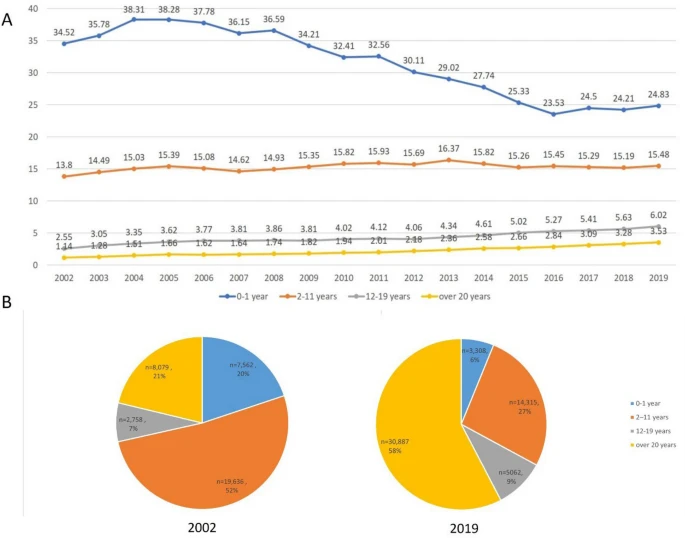Abstract
 |
| A) Change of annual prevalence of atopic dermatitis according to age group from 2002 to 2019, (B) distribution of atopic dermatitis patients by age group in 2002 and in 2019. |
A blog that publishes updates and open access scientific papers about allergy, asthma and immunology. Editor: Juan Carlos Ivancevich, MD. Specialist in Allergy & Immunology
Abstract
 |
| A) Change of annual prevalence of atopic dermatitis according to age group from 2002 to 2019, (B) distribution of atopic dermatitis patients by age group in 2002 and in 2019. |
No comments:
Post a Comment